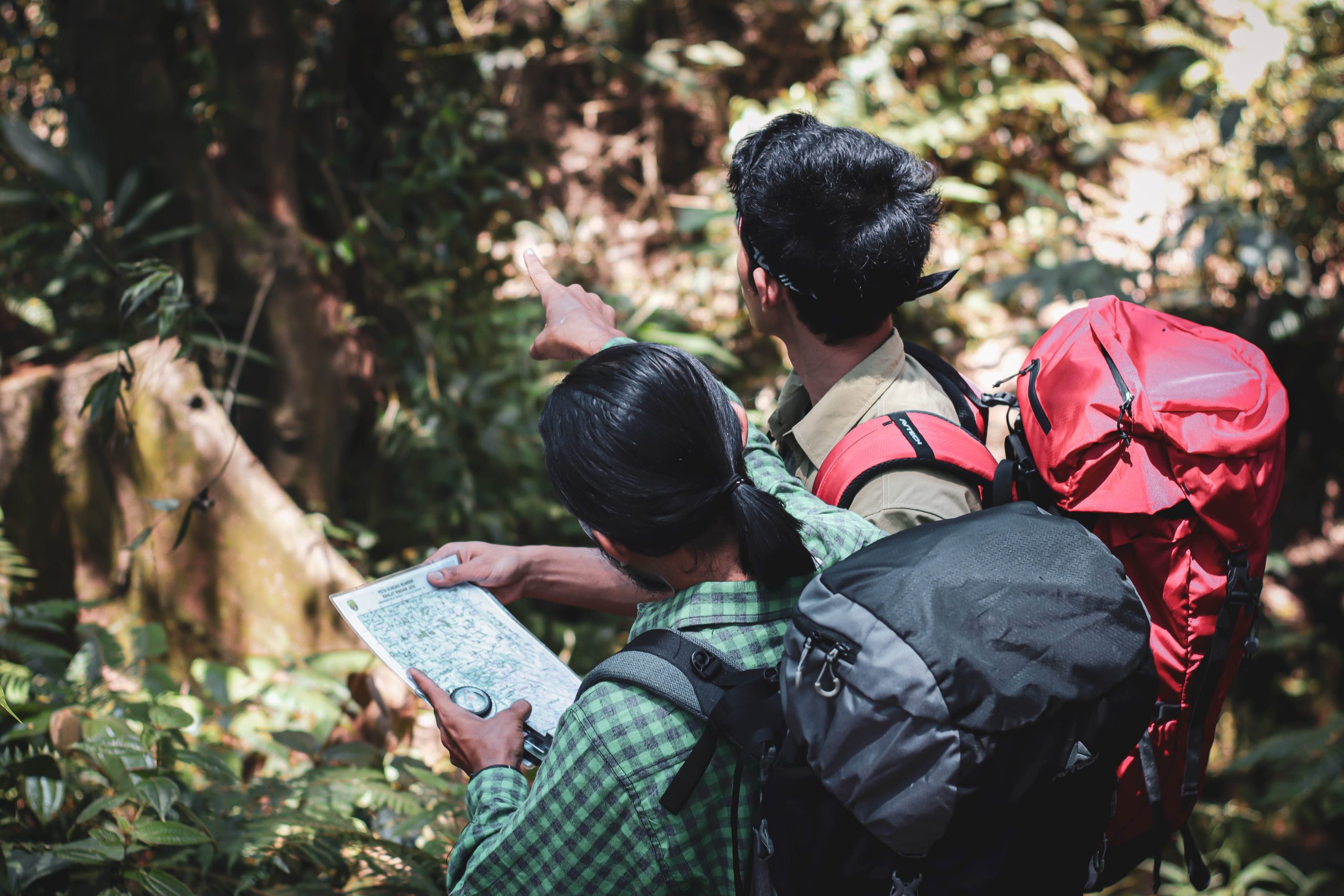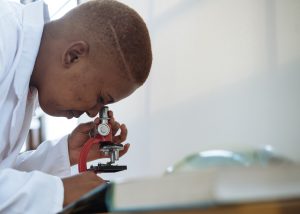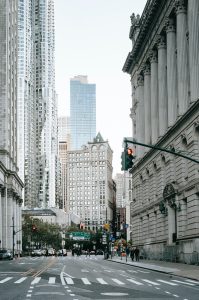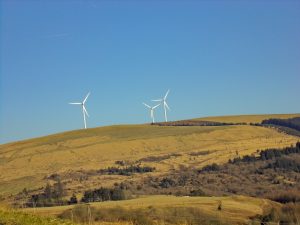Topic 1: Adapting to new challenges
 Brief Encounter
Brief Encounter
Being Uncertain
Draw what you think or feel about being uncertain. Use the words and phrases below as a source of inspiration.
- Blind alleys
- Disagreement
- Serendipity
- Humility
- Vulnerability
- Meandering
- Wandering and wondering
- Different points of view
- Uncertain world futures
- Doubt
- Failure
- Confusion
- Knockback
- Unplanned or unexpected
- Things not what they seem
- Not knowing
- Engaging with different ideas
- Involving people who see things differently
- Changing our minds
Fostering a vocabulary for working with uncertainty
Opportunities for Embracing Uncertainty
Life, the world and lots of professions are full of uncertainty. This invitation places the unknown at the heart of how our world functions. Students might consider how situations of uncertainty make them feel, and how much uncertainty they feel they encounter on in their everyday lives.
Opportunities for All Students
This invitation is suitable for students of all ages as it can adapt to different levels of complexity when considering how we all have to manage situations of uncertainty. In the early years, it may be used to discuss situations that characters in stories find themselves in – how do these situations make the characters feel? For other students, the example words can represent the launch of a much greater list of words that they associate with uncertainty as they depict these using cartoons as the imagery.
Opportunities for Creativity
The activity can generate discussion about the creative possibilities of uncertainty. Are students able to embrace uncertainty with enthusiasm or only with fear? Can they identify ways in which uncertainty might create something new? Is uncertainty a necessary part of life? Is uncertainty the key to society making progress, searching for new solutions, making new discoveries? Is it possible to create conditions in which we all feel comfortable with being in a position of uncertainty? Students might be encouraged to use a particular medium to draw, such as a cartoon.
Opportunities for Linking to Climate Justice
A focus on uncertainty throws up how some groups experience greater uncertainty in their lives than others due to social and economic precarities. This includes many living in the Global South, but also those locally experiencing food poverty and a lack of appropriately insulated housing, for example. Students could be asked to think how schools can be a place to explore lived uncertainties, in order that they might go out into the world more equipped to respond to their multiple daily challenges where no trusted teacher is to hand. They might consider whether there are cultural differences in how we embrace uncertainty. This links to themes in Vinita’s film about young people in India (Topic 2), and here is a resource on how pastoralists globally respond to uncertainties: https://seeingpastoralism.org/an-uncertain-world
 Visual Encounter
Visual Encounter
Exploring an image

- What do you think might be going on in this image?
- Have you ever been in a situation like this?
- How did you feel, or might you feel in a similar situation?
- What might the person see or be looking for in the distance?
- Where do you think these people are?
Thinking metaphorically using an image
Opportunities for Embracing Uncertainty
There is enough in this image that will be familiar to students but also much that is left open for them to consider ideas of the unknown. To answer the question, they will have to draw on experience, imagine possibilities and engage with their own feelings. They might begin to think of getting lost as a metaphor for feeling one’s way through a landscape and how this can offer potential to explore new paths and the unexpected, as well as inducing anxieties. Students will probably have great questions of their own that they may want to offer and/or explore. Useful prompts can include: what, where, why, how, who?
Opportunities for All Students
Younger students might play at going on a journey or an adventure and think about what they might need to pack. This could tie in with related stories, such as Going on a Bear Hunt by Michael Rosen and Helen Oxenbury, where children work things out together and support each other along the way. Other students can share stories of their own experiences of getting lost, either quite literally or more broadly, including in their studies or relationships. This can evoke a multiplicity of feelings to be explored. Students might talk about what supports them to navigate these situations in ways that remain open to their possibilities and do not simply respond to felt risks.
Opportunities for Creativity
This activity offers opportunities to expand on the idea of getting lost as a metaphor, that can be developed using different media, including literature and the arts (e.g. a labyrinth). They might speak about getting lost in something they are engrossed in.
Students could also plan to go somewhere where it is possible to get lost for a while, with a supportive teacher nearby. This might be a park or woods. For younger students, this could be an area of the school or outdoors with which they are unfamiliar. Discussing the risks and how to mitigate these would be key to the students’ planning.
Opportunities for Linking to Climate Justice
Students can be invited to draw on their own cultural references, including linguistic backgrounds, family stories, films or books, myths or religious parables, that might play on the contradictions of both the possibilities and risks of getting lost. This can lead to a discussion of what might be discovered by getting lost, that otherwise could not be known.
 Deliberative Encounter
Deliberative Encounter
Little Did I Know…
- Watch the film by Vinita Damodaran, a professor of South Asian History. She talks about her research with young people living in India who experience climate change in their daily lives. Create a drawing or artwork to reflect your response to the uncertainties mentioned in the film. How can you bring together your own shared or different concerns and uncertainties with those experienced by the young people living in India? [https://youtu.be/yS5C3NfHiAc]
- Watch the film by Peter Newell, a professor of International Relations. He talks about his work that tries to reduce fossil fuel production globally. Think about:
- What surprised you? In what ways?
- What insights did Peter give you about making change happen?
- What language of uncertainty did Peter use? How did his words link to the list on the Brief Encounter activity? What do they make you think of and feel?
[https://www.youtube.com/watch?v=uDWM4kSNlg4&t=1s]
3. Watch the film by Adam Vaughan, Environmental Editor at The Times (previously at the New Scientist and The Guardian). He talks about trialling an electric car. Discuss:
-
- What supports Adam to be uncertain on his journey?
- What messages does Adam give, do you feel?
- If you met Adam, what questions would you like to ask him? Why?
Uncertainty as a driver of new knowledge
Opportunities for Embracing Uncertainty
The films immerse us in the world of uncertainty through the lens of three very different experts seeking solutions within their roles. It is important that students have opportunities to interrogate knowledge, including that espoused by experts, in order to consider its veracity and relevance to their own lives.
What things stand out as most significant to the students? How do the accounts make them feel? What role does uncertainty play in all our lives, and in the lives of professionals seeking to explore the world and how to change it? Is there any action that might follow from what the students have identified as important to them from the films?
Opportunities for All Students
Younger students might find it easiest to engage with Vinita’s film, whereas others could watch them all. More experienced students might engage deeply with Peter’s film: they can also discuss whether the experts convey qualities that enable them to engage with uncertainty in ways that students think might be helpful in their lives.
Opportunities for Creativity
The films offer the opportunity to engage with a range of creative responses. As the students watch, they can be invited to draw, doodle or note take anything that comes to mind. This can help to surface responses (including thoughts, feelings, associations, ideas). The invitation to create an artwork in response to Vinita’s film might be supported by enabling students to spend time viewing the pictures drawn by the young people in India.
Opportunities for Linking to Climate Justice
Vinita’s film draws attention to the types of uncertainties experienced in one area of the world. It can be used to prompt a discussion of our global connections and responsibilities to those we do not know. What might we learn from these young people living in such climate-challenged environments?
 Beyond the Classroom Encounter
Beyond the Classroom Encounter
Out of uncertainty comes change




Faced with huge challenges and uncertainties, experts across all fields have made significant discoveries that change the way many people live.
Talk with friends and family to identify a discovery in each of the four areas above that you think is interesting to share in some way.
Opportunities for Embracing Uncertainty
This activity encourages students to listen to what others know and value, and to come to their own position on what they think is worthy of sharing with the class. They may need encouragement to think about change as not being purely progressive and positive: change and innovation can benefit some and not others; at first sight things can appear positive but then prove problematic (e.g. oil and the combustion engine; chemical fertiliser); others are disregarded long before they are valued.
Opportunities for All Students
This activity can be used with students of any age. What will vary is the depth of engagement with the ethical implications of the complexity of change.
The activity requires students to give attention to what might appear to be a beneficial change but may also have an environmental consequence. As well as thinking about the benefits of introducing new technologies, they might also consider changes that demand giving up something or using less of something.
Opportunities for Creativity
This activity can allow for philosophical and deliberative focus on the value of change. For example: Are all discoveries good for society? Was it better to live in Victorian times or now? Does social media and the internet improve people’s lives? Can technology save the world?
Opportunities for Linking to Climate Justice
This activity can be used to explore issues of social justice in their own communities and around the world. This might include the following:
- Does everyone benefit equally? (e.g. global access to Covid vaccinations – this link might be helpful background reading: https://www.thelancet.com/journals/lancet/article/PIIS0140-6736(22)00328-2/fulltext);
- Are there problematic outcomes from new discoveries for particular groups? (e.g. electrical equipment requiring the mining of components that might cause environmental damage and community disruption and/or displacement);
- Are there unintended consequences? For an example, see debates about electric cars that the actor Rowan Atkinson has participated in: https://www.theguardian.com/environment/2023/jun/08/fact-check-why-rowan-atkinson-is-wrong-about-electric-vehicles
Vinita Damodaran, Perpetua Kirby, Andy Lowe, Pete Newell, John Parry, Marcelo Staricoff, Adam Vaughn, Rebecca Webb

